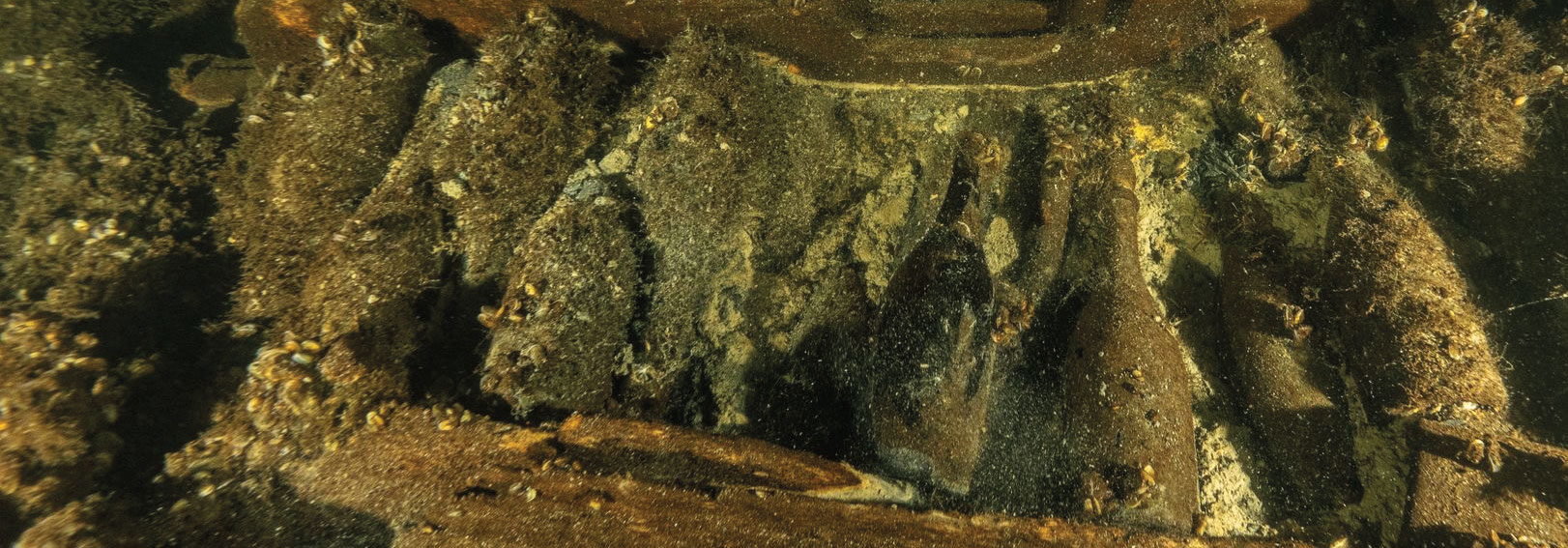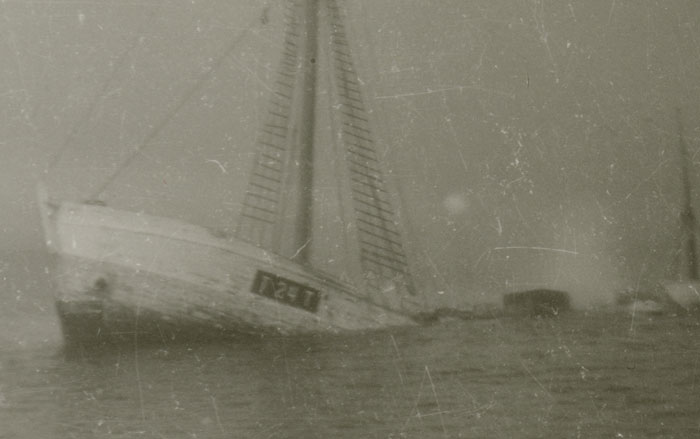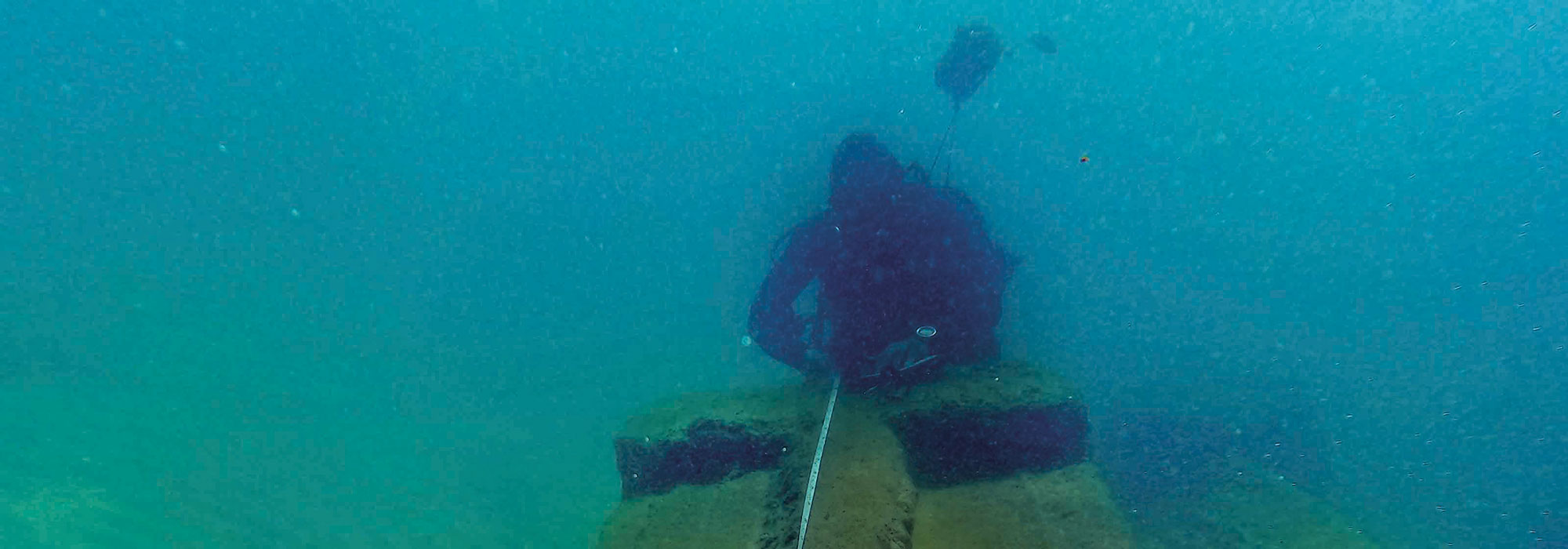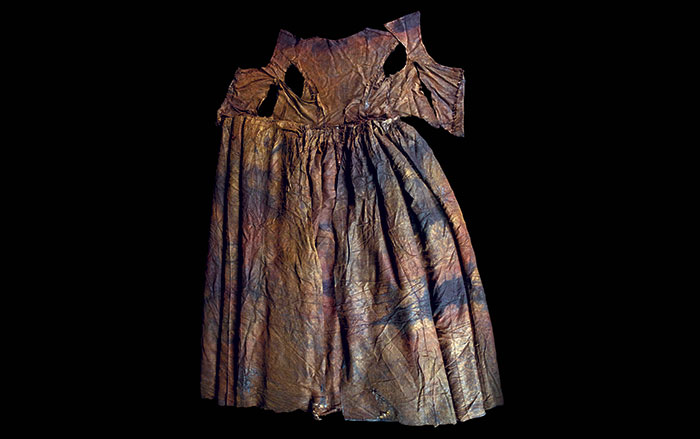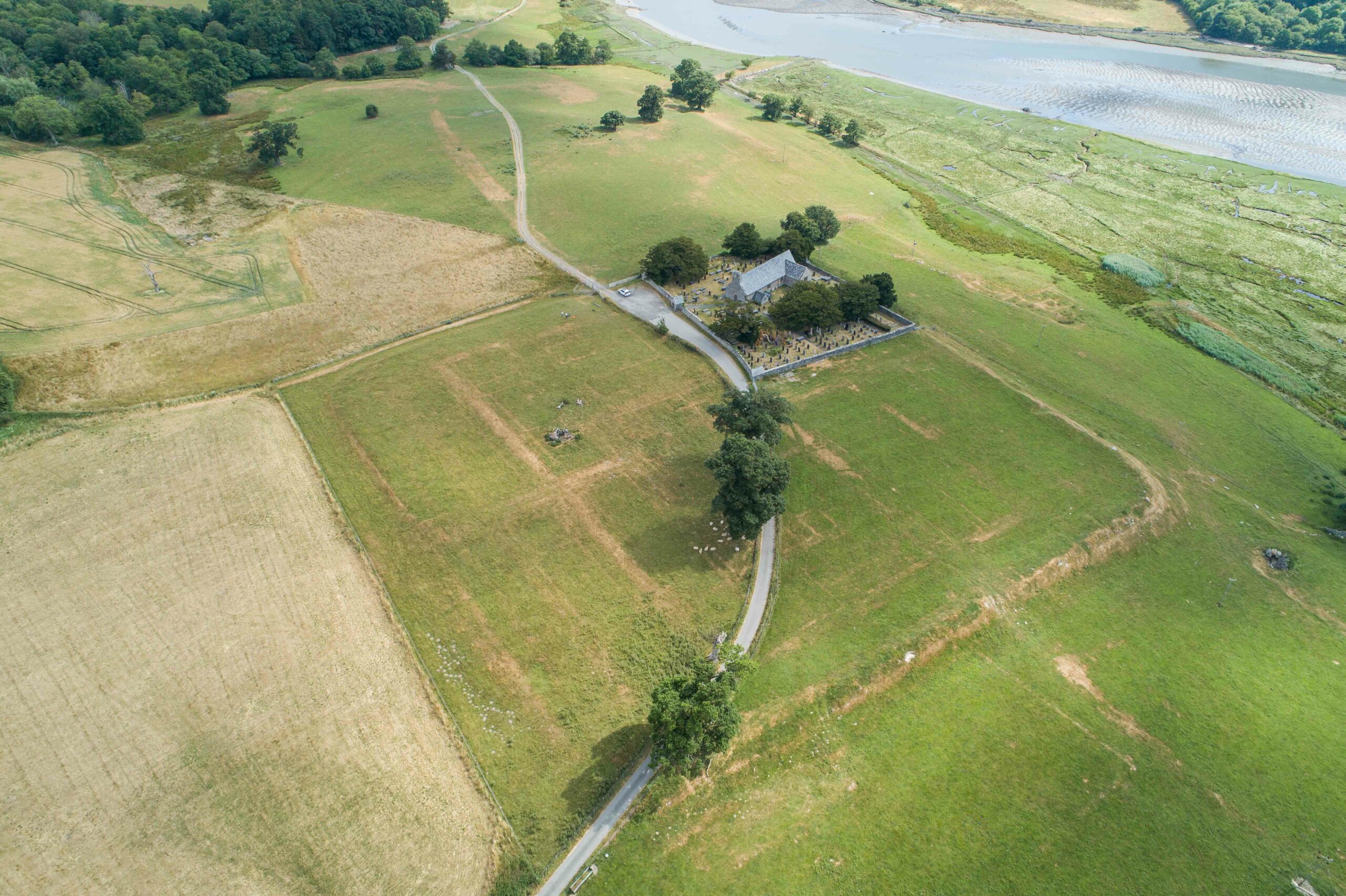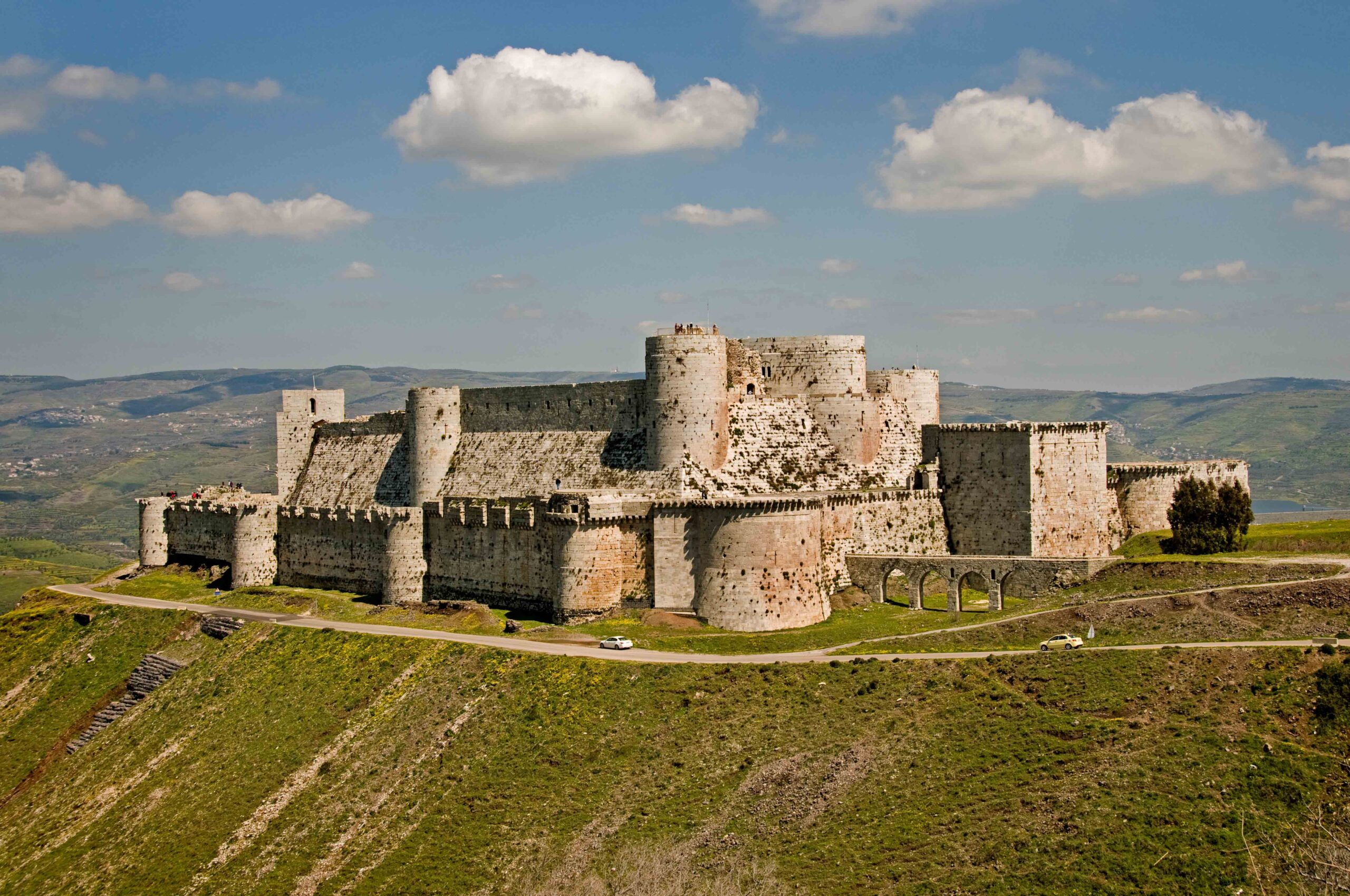
WASHINGTON, D.C.—According to an Associated Press report, after a review of historic records and a remote underwater inspection of the wreckage of USS San Diego, a team of scientists, archaeologists, and historians have concluded that the warship, which sank on July 19, 1918, struck an underwater mine planted off the coast of Long Island by a German submarine. Their analysis suggests the explosion did not occur inside the vessel, and the hole in the hull did not appear to have been caused by a torpedo strike. In addition, German records revealed that a submarine called U-156 was in the area at the time, planting explosives. The 500-foot-long San Diego was carrying nearly 3,000 tons of coal for a trip across the Atlantic Ocean when the explosion, which the commander described as feeling like a “dull heavy thud,” broke through an area of the hull that was only a half-inch thick. San Diego fired between 30 and 40 rounds in case a submarine was nearby, but it sank less than 30 minutes after it was struck. Most of the 1,100 sailors on board escaped to safety on life rafts and dinghies. To read about the discovery of the wreck of a long-lost ship that sank during World War II, go to “Finding Indianapolis.”


